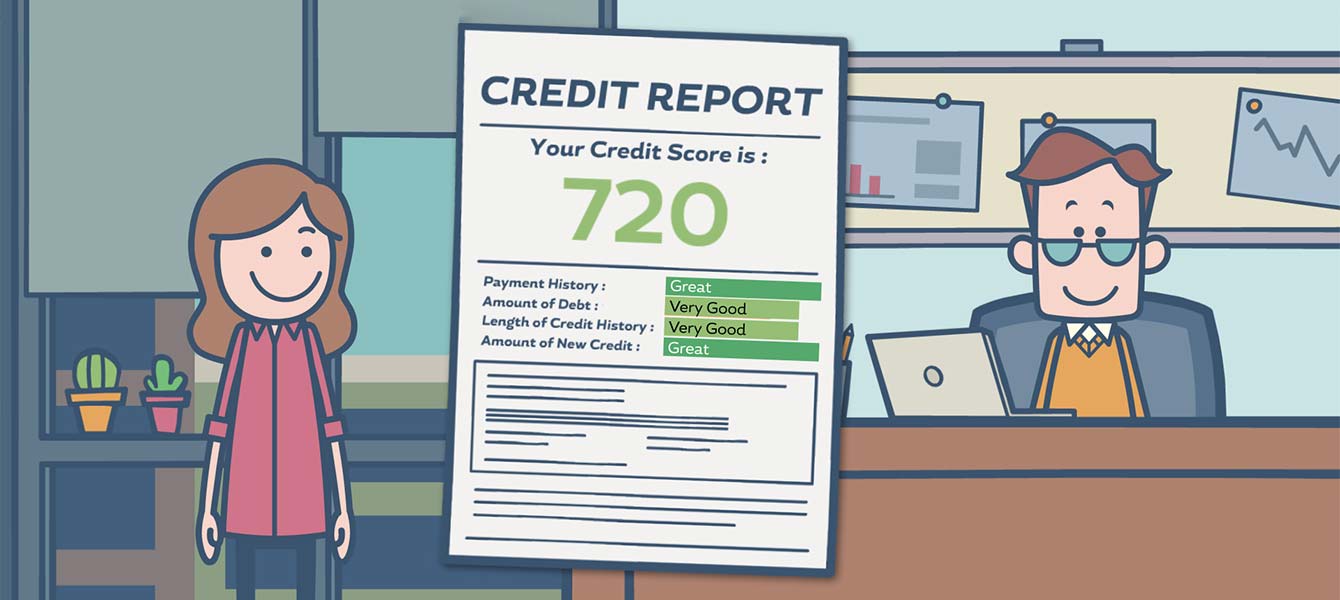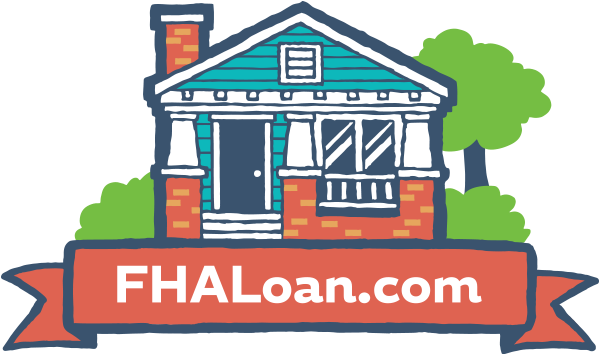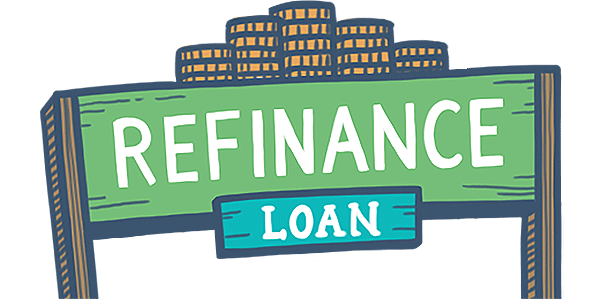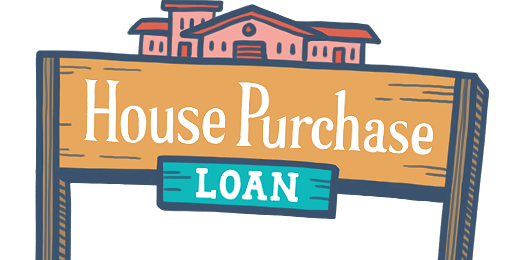Make Your Home Energy-Efficient with the FHA EEM
March 10, 2021
However, it is not always affordable for everyday Americans to implement such energy-saving technology in their homes. To pay for such upgrades, many homebuyers and owners look into opening new credit cards or even getting Home Equity Loans.
What many people do not realize is that there is another option available through the FHA, which is the Energy Efficient Mortgage (EEM). With this mortgage program, the borrower is credited for having energy-efficient updates in the home with the mortgage itself. The EEM allows borrowers to finance energy-saving measures in their home along with the purchase or refinance. By stretching the debt-to-income ratio and allowing potential borrowers to qualify for a bigger loan, the FHA lets them buy a more energy-efficient home.
The EEM is also cost-efficient, since less energy usage means smaller utility bills! The money that borrowers save on their bills can then be used toward paying off the larger loan.
How Does the EEM Work?
The FHA offers Energy Efficient Mortgages in which it insures a loan that is used to purchase/refinance a home as well as the cost of energy efficient improvements. This is called the "energy package.”
Before you can be approved for the additional funds for the upgrades, you will need to have a home energy assessment done. This will provide recommendations of energy-saving improvements, estimates of how much each upgrade will cost, and an estimate of how much money they will SAVE the borrower. According to HUD regulations, the person must be trained and certified as a (1) Building Performance Institute Building Analyst Professional, a (2) Building Performance Institute Home Energy Professional Energy Auditor, or (3) a Residential Energy Services Network Home Energy Rater.
The FHA’s lending limits do not upset the process of obtaining an EEM, but there is a way to determine how much can be financed. The maximum amount of the portion of the EEM for energy efficient improvements is the lesser of 5% of:
- the value of the property, or
- 115% of the median area price of a single-family dwelling, or
- 150% of the conforming Freddie Mac limit.
If you are interested in making energy-saving upgrades to your home, the FHA Energy Efficient Mortgage might be a great option for you. HUD has a list of approved lenders able to provide EEM programs, in addition to a fact sheet about FHA's EEM.
------------------------------
RELATED VIDEOS:
Show Them You're Serious By Depositing Earnest Money
Homebuyers Benefit From the Work Done by Freddie Mac
Your Second Mortgage Is a Home Equity Loan

FHA Loan Articles
August 23, 2023Mortgage APR (Annual Percentage Rate) and a loan's interest rate are two different things, although they are closely related. Understanding the difference is an important part of a borrower's analysis of the true cost of their mortgage.
August 19, 2023FHA refinance loans allow homeowners with existing FHA loans to refinance their mortgages. These loans are designed to help borrowers take advantage of lower interest rates, reduce their monthly mortgage payments, or access equity in their homes for various purposes.
August 14, 2023FHA loans typically require a minimum down payment of 3.5% of the purchase price of the home with the right credit score. This means that if you're buying a house for $240,000, you would need to make a down payment of at least $8,400.
August 10, 2023FHA loans have specific rules and requirements for borrowers who have filed for bankruptcy. The guidelines can change over time, so it's essential to consult with a qualified lender or FHA-approved counselor for the most up-to-date information.
August 3, 2023FHA loans are primarily designed to help individuals and families purchase homes for use as their primary residences. Rules for these loans generally discourage their use for investment properties or rentals. However, there are exceptions that come with strict rules.







